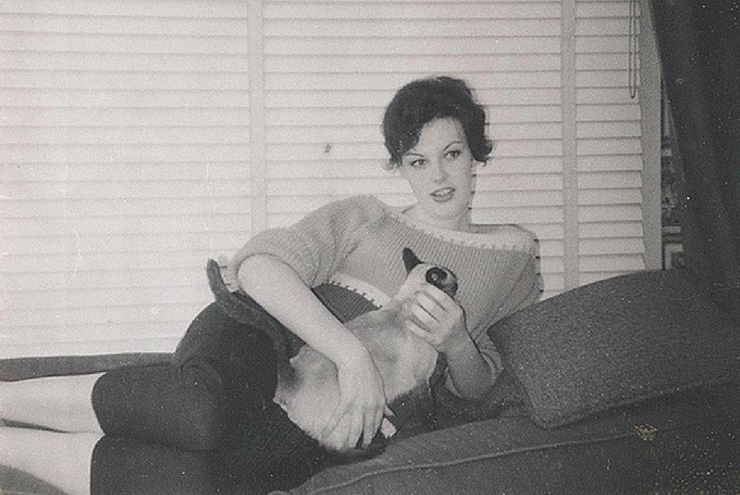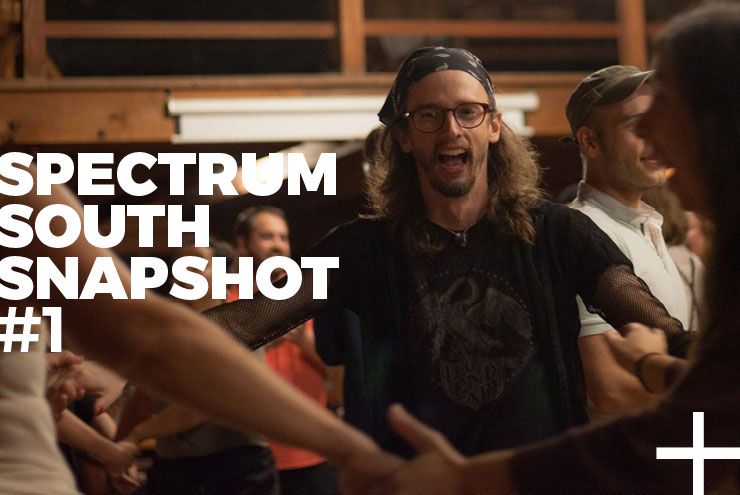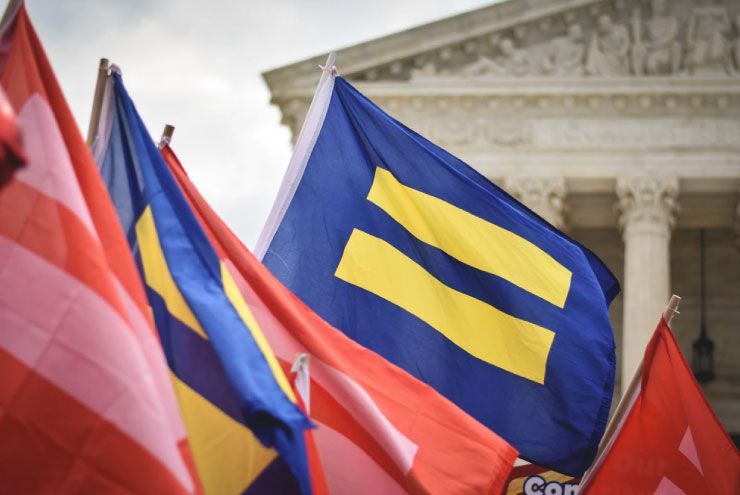By Nikita Shepard
In her classic interdisciplinary manifesto Borderlands/La Frontera, Chicana lesbian writer Gloria Anzaldúa explores homophobia as “fear of going home.” Especially for LGBTQ folks of color and those straddling different cultural worlds, she writes, “We’re afraid of being abandoned by the mother, the culture, la Raza, for being unacceptable, faulty, damaged.” For many trans folks who leave the South to transition or to find community, this fear of rejection by our communities of origin is all too real. Yet, before drag queens exploded on to the national stage by rioting outside the Stonewall Inn, and long before trans teenagers would lead pride parades and be encouraged to use the restroom matching their identity in their high schools, some trans trailblazers bravely chose to return to the small southern communities they called home.
In some ways, Aleshia Brevard’s story fits the standard narrative of the young gender rebel who leaves her small-town southern home to find community and affirmation. Before she turned 20, she had traded a small farming community in Hartsville, Tennessee for bohemian San Francisco and the bright lights of Los Angeles, becoming one of the first trans women to receive sex reassignment surgery in the United States in 1962. Yet, in other ways, she defied the stereotype, as she would return to the South throughout her life and maintain a close relationship with her family of origin.
Brevard’s life offers a fascinating glimpse into the queer South long before gay liberation and same-sex marriage, the challenges of transgender existence, and navigating the different places southern LGBTQ folks call home. She straddled the line between worlds in her relationships to home, place, culture, and her gender. While traveling the country as an actress, dancer, model, Playboy bunny, and performer, she never turned her back on her southern roots. She treasured the remote cabin nestled deep in the Appalachian mountains where she shared quiet evenings on the porch with her mother.
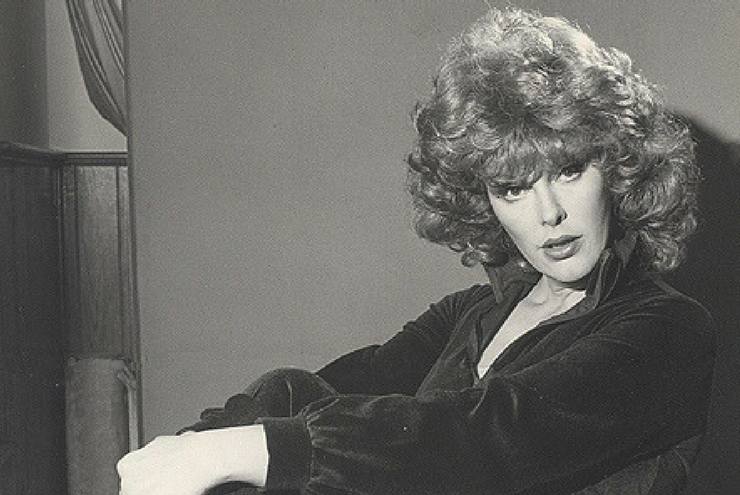
Aleshia Brevard in ‘The Gingerbread Lady’ (1980). Photo courtesy aleshiabrevard.com.
The person who would become Aleshia was born in 1937 in Erwin, Tennessee, a small town in the Appalachian mountains. She spent much of her adolescence on a family farm outside Hartsville in rural Trousdale County, 40 miles outside of Nashville. “Buddy,” as her family referred to her growing up, proved to be an effeminate and artistic child. As a young child, strangers would frequently “mistake” her for a girl, or comment that she was “too pretty to be a boy.” As a colicky three year old, her grandfather had dressed her in a skirt with a red ribbon in her hair, christening her “Rosy”—a nickname he remembered when he arrived to support her as she recovered from her sex reassignment surgery 20 years later. She would recall the joy of wrapping her grandmother’s shawl around her all those years ago, imagining herself as Ginger Rogers as she danced to music on the radio, before her father returned home, forcing her back into the drab world of boy’s clothing and pursuits.
But rural Tennessee was no stranger to gender nonconformity, even in the 1940s and 1950s. Brevard recalled a female cousin who lived out on a farm and dressed exclusively in male garb, who was “accepted as just being a little strange.” This tolerance for individual eccentricity provided a certain shield for young “Buddy,” who stepped into the role of the artist and scholar, managing to garner praise for her drawings and good grades—even as she eschewed conventional masculine pursuits. While her father, hoping for an athletic son, frequently compelled her to spend time with other boys, this inadvertently resulted in her leading an active sex life from a very early age. The sheer unimaginability of queer sexuality in rural Tennessee in the 1940s and 1950s provided a certain degree of protection to her hijinks. While going steady with a girl to keep up appearances, Brevard had a boyfriend in high school, a masculine farm boy who would take her to sock hops in Sumner County on the weekends. They’d dance with girls, but always left together to park on some isolated rural road and fool around. The son of one of her father’s best friends, a star athlete at her school, frequently invited the studious young Brevard over to “study”—with neither set of parents suspecting that the activities of their “sons” rarely involved cracking the books. Despite basking in the male attention, it embarrassed her; she didn’t see herself as a gay man, but could not imagine an alternative that would give voice to her gendered longings.
Brevard was in high school when Christine Jorgensen exploded into the national news after her widely publicized 1952 sex reassignment surgery. As the New York tabloids declared, “Ex-GI Becomes Blond Beauty,” news filtered down even to rural Middle Tennessee. She later recalled intercepting a note passed between classmates at school declaring, “Buddy caught the same thing Christine Jorgensen got!” Mortified, she did her best to emulate masculine models of the day, with little success. Her soprano voice, hips-swaying walk, and artistic pursuits—not to mention her clandestine sexual fumblings with many “straight” boys—left few with the illusion that she was a conventional southern farm boy.
One of the most mind-bending ironies of her queer southern childhood was her participation in a so-called “womanless wedding,” a fundraising event conducted by the local Lion’s Club, in which she was recruited into what was essentially a drag show. Donning a formal lace gown lent to her by her algebra teacher, she took the stage for a sultry performance of a Sophie Tucker song, to the wild acclaim of the hometown audience. So much for the closet she’d attempted to inhabit! Her lifelong career on the stage, spanning from San Francisco drag revues to strip shows in Reno and musicals on Broadway, began at the Hartsville, Tennessee Lion’s Club. The “womanless weddings” of rural southern communities—and the celebrated role that local queer and trans folks could play in them—offer quite a different portrait of the queer southern past than we usually imagine.
As a teenager visiting Nashville, she encountered effeminate queens at the downtown bus station and men cruising for sex in movie theaters and in front of department store windows along Church Street. When she arrived at Memphis State University in the mid 1950s, the campus included an active gay community that readily claimed her. Her social life included cruising on the streets and house parties where gay men in flowing scarves would camp it up. After splitting up with her first serious lover, a professor at a nearby Presbyterian college, she ditched school and hitchhiked to California, where her journey as a trans woman would begin.
Before long, she had found her way to Finocchio’s, a notorious San Francisco nightclub for “female impersonators,” where she performed as Lee Shaw. The story goes that her Marilyn Monroe impression attracted so much attention that Monroe herself even came to watch her. Through a fellow performer, she became acquainted with Dr. Harry Benjamin, an endocrinologist who had been Christine Jorgensen’s doctor. His lifelong work on behalf of trans patients would result in the establishment of the Standards of Care for trans patients that would long bear his name. With Dr. Benjamin’s support, she began the process of medical transition, eventually securing an appointment for sex reassignment surgery at a Los Angeles clinic—one of the first trans people to do so in the United States.
After surgery, she flew back to rural Hartsville, Tennessee to recover at her family home. When Dr. Benjamin telephoned her parents to inform them that their “son” was actually their daughter, they had been shocked and struggled to understand. But after talking with their minister, they had quickly decided that their love for their child outweighed any discomfort they felt. Aleshia’s mother had come out to Los Angeles to be there for the surgery, never once referring to her as anything but her daughter.
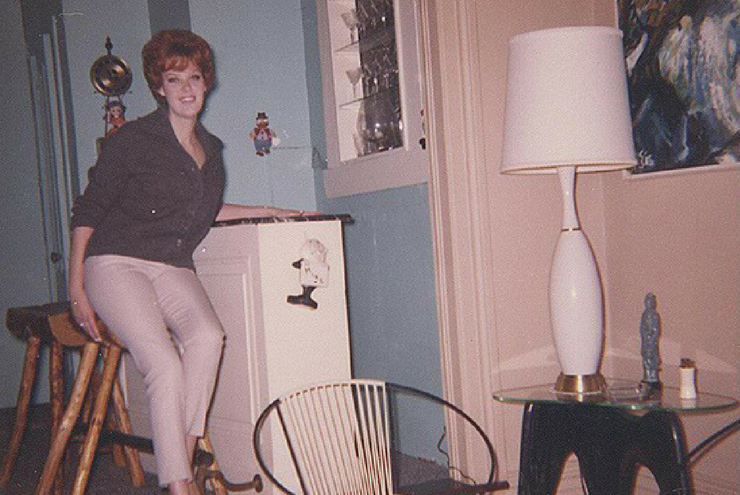
Aleshia Brevard in her Los Angeles apartment in 1964. Photo courtesy aleshiabrevard.com.
Upon returning to Tennessee, her parents and grandparents supported her even as the news of her transition spread like wildfire, prompting curious gawkers to park outside their home, hoping for a peek at a “real-life transsexual.” She attracted staring crowds on her way to the drugstore and attending the Church of Christ on Sunday. In an era where the dominant paradigm for transsexuality framed it as an unfortunate disability to be overcome with medical intervention, her family was prepared to love and support her, but expected her to live in accordance with the conservative gender roles expected of cis women at the time.
She headed east to live with her grandparents back in Erwin and attend East Tennessee State University as an art major, where her eye-catching style ruffled more than a few feathers—even though it landed her a date to a dance with the student body president. However, her grandparents’ harsh condemnation of a “sissy boy” who worked at the local bus station showed how, even if her family was prepared to accept a transsexual daughter—who was very feminine, heterosexual, and eager to please—homophobia and small town close-mindedness still ruled the day. So when a friend from out west came to visit and offered to bring her back to California, she jumped at the opportunity.
Thus began a lifelong process of moving back and forth between the glamour, but alienation, of big-city life and the comfort, but limited horizons, of the South she’d called home.
After a whirlwind of places, lovers, and engagements ranging from an “America’s Leading Transsexuals” gig in Honolulu to stripping in Reno, she came back to Tennessee at age 25 to share an apartment with her mother and attend Middle Tennessee State University. Restless, she returned to California, where she landed roles in Hollywood films and worked as a Playboy bunny, but later returned to Tennessee to work in Memphis and then at a Nashville modeling agency. She spent time in touring theater companies, teaching in West Virginia, acting on Broadway in New York, and back in Hollywood, but would come to live in Johnson City with her ailing mother in the early 1980s.
Her career as an actress, teacher, and writer led her to criss-cross the country from Princeton to Chicago—at one point tapping into her roots as a southern belle to portray the role of Trudy in an off-Broadway production of Steel Magnolias—only to, once again, return to serve as a professor at East Tennessee State in the 1990s. She spent her twilight years in California, but never let go of her roots in the South, maintaining a relationship with her sister in rural North Carolina.
Aleshia Brevard died earlier this year in California, leaving behind her a long and full life as a performer, writer, and inspiration to younger trans generations. The long and winding path that led her away from the South and back again so many times resonates with many of us who struggle to find our way home through the obstacles placed by homophobia and transphobia. Thanks to the courageous efforts of our queer and trans elders like Aleshia Brevard who walked these paths before us, many more of us southern LGBTQ folks are confronting that fear of coming home, and asserting our fierce and tender selves through all the divergent worlds that we straddle.
This article draws on Aleshia Brevard’s 2001 memoir “The Woman I Was Not Born to Be”, Susan Stryker’s 1997 oral history interview with her, and Monika Kowalska’s “Heroines of My Life” interviews with her. Check them out to learn more.


